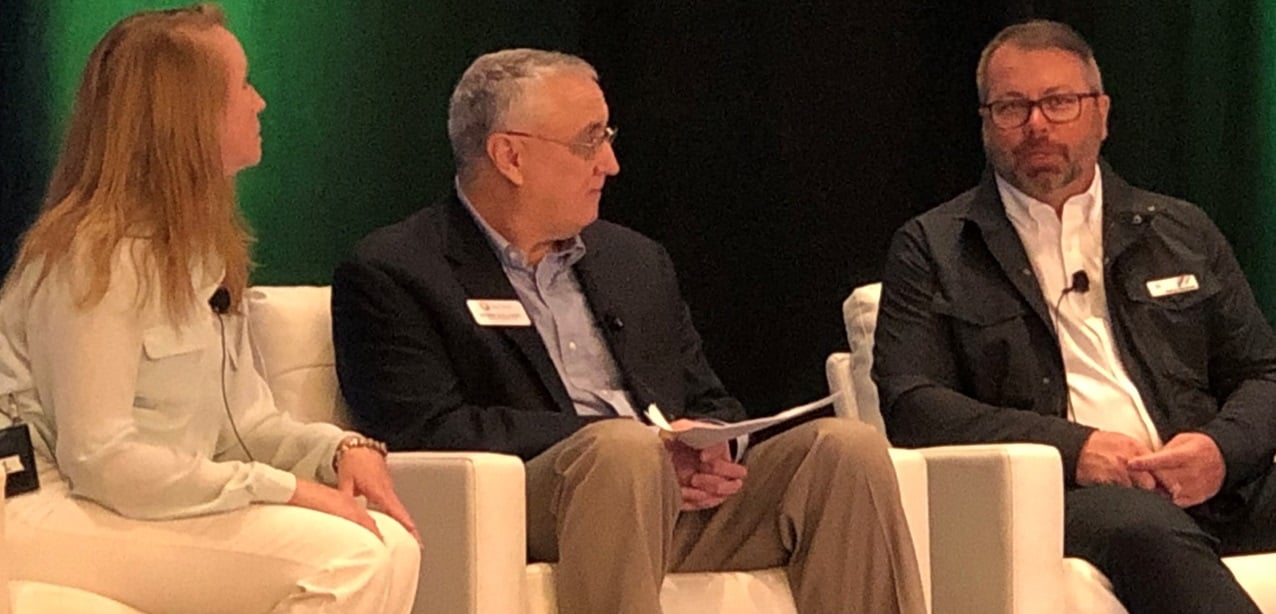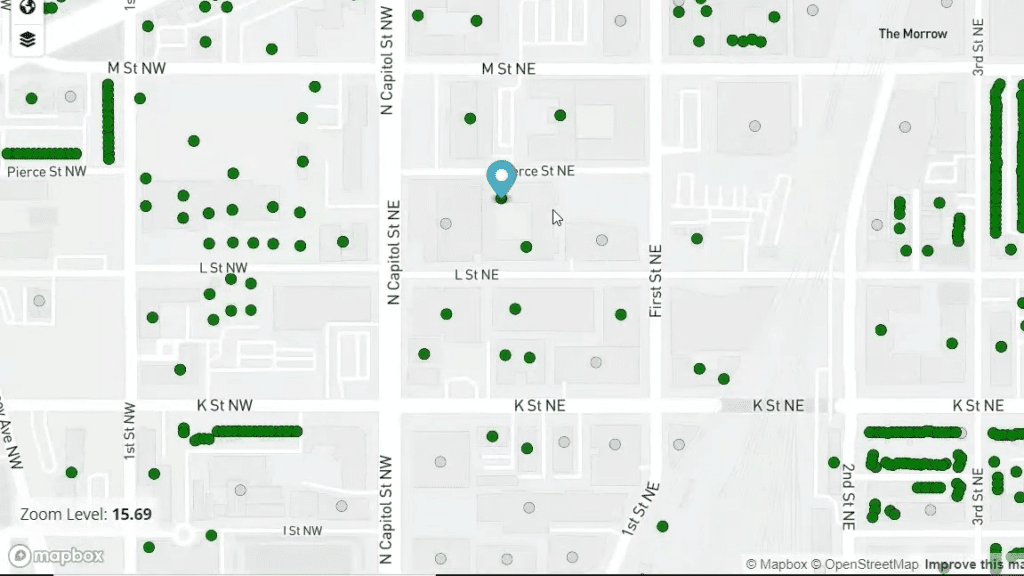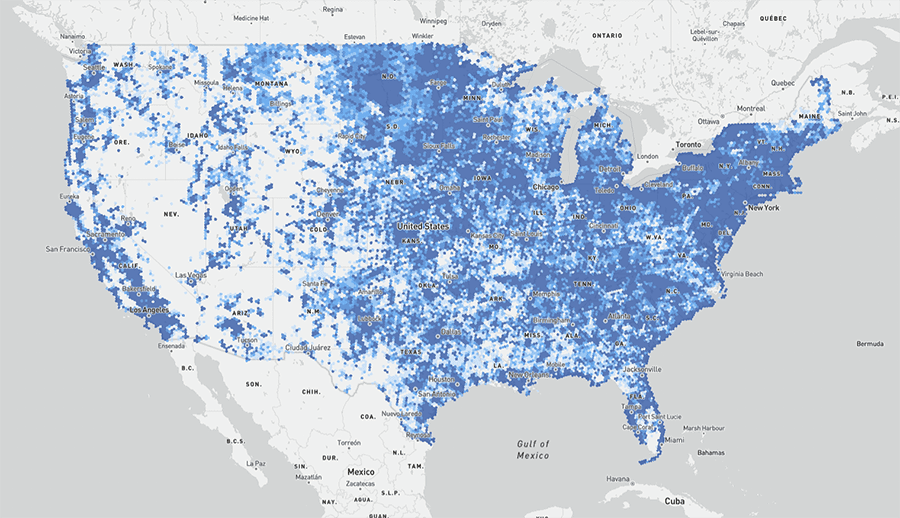Seek Broadband Funding by Collecting Data and Being Ready to Defend It
Randy Sukow
|

The federal government is sending billions of dollars to the states for broadband funding programs. Some states already are issuing notices and writing rules for future applicants. A panel of experts this morning at “Assessing Opportunity—Where to Begin?” during NTCA’s RTIME 2022 conference in Dallas had some suggestions. Start collecting the data necessary for a successful application immediately. At the same time, be sure data is as accurate and defendable as possible in anticipation of challenges during the review process.
“If you end up somewhere between now and April needing to be ready [to file], and you wait until April I think you’re going to be behind the gun,” said Aaron Bennett, NRTC’s VP, Broadband Solutions (pictured right). NRTC Broadband Solutions conducts feasibility studies and other research to assist members who are planning broadband projects. Members often use that data to apply for broadband grants and loans.
“Know your data,” Bennett said, urging those seeking funding to learn all they can about broadband service territories, especially less-familiar territories where a service provider hopes to expand. Once they know their data, they must be ready to defend it. There are many different federal and state programs with different rules, different technical requirements, and different standards for interpreting data. Applicants will have to determine how the program organizers will interpret their proposals.
For example, most states will not rely on broadband service data collected through FCC Form 477, which has long been under criticism for inaccuracy and lack of granularity. Other research alternatives exist, such as NRTC’s CrowdFiber, which offer tools that go beyond Form 477 capabilities and include presentation methods to help defend the data from government challenges.
Applicants also should be flexible enough to adjust their presentations to a program’s data expectations. “There’s a lot of government agencies that are using the Ookla and MRAD [speed test] data as gospel, and there’s a real problem with that,” Bennett said, adding that speed test data varies widely and may be as poor a data source as Form 477. “When I say, ‘know your data,’ also know how other people are looking at your data so that you can be ready to defend it,” he said.
NTCA Regulatory Counsel Tamber Ray (pictured left), who moderated the session, noted that current delays in the supply chain could affect funding applications. “Presumably [grants] will have a [construction] deadline. How can applicants put themselves in the best position possible to know equipment is going to be available if they get the grant?”
Bennett said that NRTC has looked at hundreds of different business models. Supply chain issues are one of many issues that require regular updates of those models. Some internet providers might need update applications during the review process. “At this point, we’re updating models that have not been executed every 90 days. It’s changing that quickly right now,” he said. “For us, that’s a lot of work.”
Brian Sullivan, VP of consulting firm JSI, acknowledged that the rapid shifts in available data and difficulties keeping up to date, could harm some applications. He advised to start early in collecting data and continue to gather data, even if an initial application for funding is unsuccessful.
“The good thing is a lot of time that work, even if you don’t get a particular grant, will come in handy in another program,” Sullivan said. He cited JSI clients that after losing on one opportunity, had all the data necessary to apply and prevail in the next


